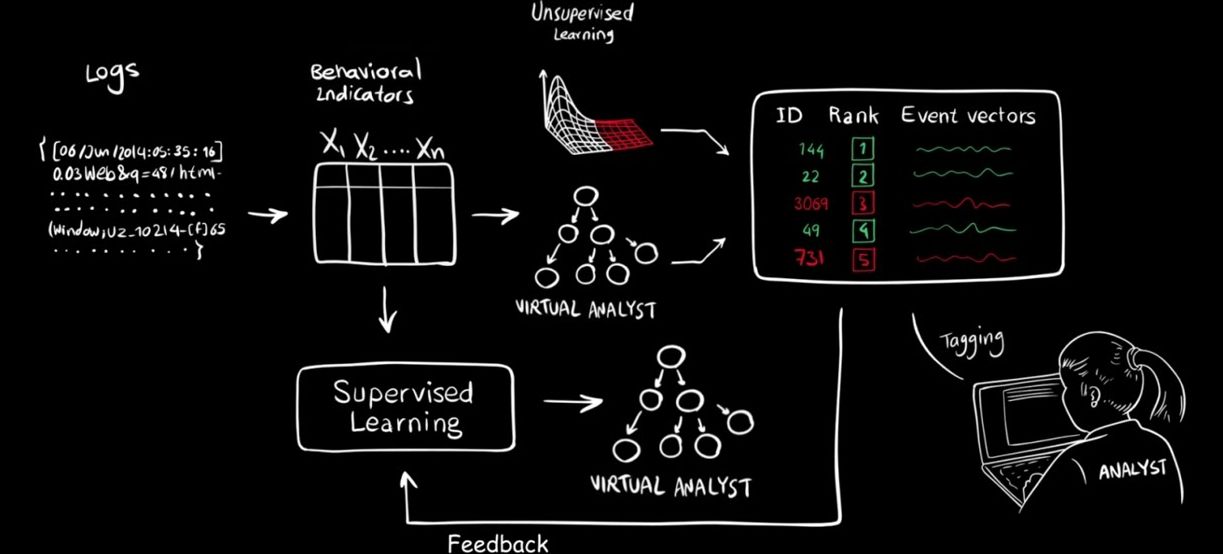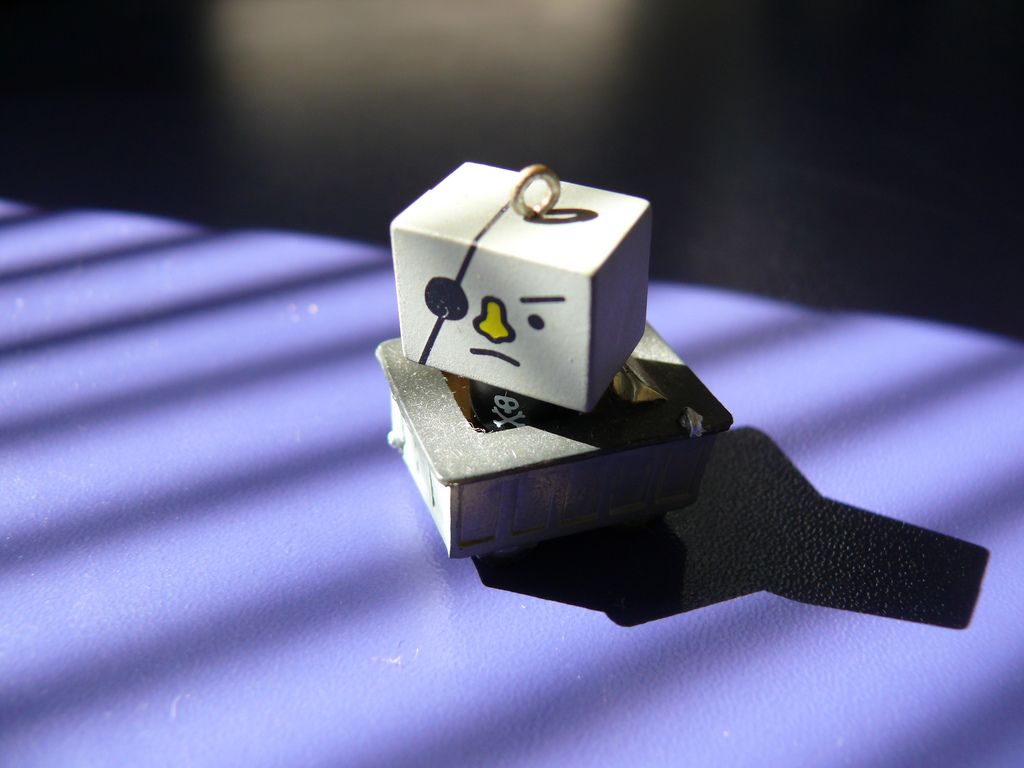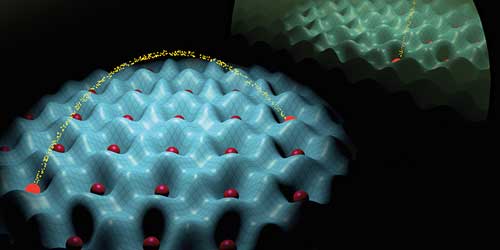Hmmm; wonder what the ransomware hackers will do with this one.
Seven billion radiological images.
Courtesy: Imaging Advantage.
April 25, 2016.


I too believe AI could be bigger in the future once the under pinning technology and infrastructure moves to Quantum Technology so that hacking is under control and performance is where it needs to be.
When Mark Zuckerberg thinks about the future, he sees a world that’s dominated by mobile devices and virtual reality, but when Google CEO Sundar Pichai thinks about the future, all he sees is artificial intelligence. He suggested as much during Alphabet’s quarterly earnings call on Thursday, saying that mobile devices and virtual reality will dominate the immediate future, but that they’ll eventually be surpassed in importance by artificial intelligence. However, he didn’t go into detail about what this future will look like.
Artificial intelligence is nothing new at Google, but today we learned just how big a role top boss Sundar Pichai sees AI playing in our future. Answering an analyst query on Google-parent company Alphabet’s Q1 2016 earnings call about how the company is leading innovation, rather than simply adapting to changes in technology, Pichai talked about his role in projecting where Alphabet is going in the next 10 years. He gave a shout out to VR as the hot new platform, and then wrapped up his comments by saying: “In the long run, I think we will evolve in computing from a mobile-first world to an AI-first world.” Earlier in the call he cited Google’s DeepMind AlphaGo super computer defeating a human champion as an extraordinary achievement. He also said the company is investing in AI and machine learning, areas that are taking off and beginning to bear real-world benefits.

Australia should go “Big Science” on addressing Cyber Security. I believe Australia is already making strides in Cyber Security with their own advancements in Quantum.
Australia’s Cyber Security Strategy, to be released this Thursday, will include an emphasis on research and development, as well as education. How might that unfold?

Regulation is not the immediate problem with autonomous cars. Example, is Google car has been deemed approved by existing regs. However, the issue is the broader public’s trust due to the various reports of hacking of connected cars such as the Nissan Leaf, etc. Until we put in place a more resilient net infrastructure such as Quantum; slow down will happen. I suggest GM to read the news more because everything that I stated has been well communicated in the news and research for the past 4 months.
GM Ventures president Lauckner believes regulation will not halt the advance of the autonomous car.

Knowing a cyberattack’s going to occur before it actually happens is very useful—but it’s tricky to achieve in practice. Now MIT’s built an artificial intelligence system that can predict attacks 85 percent of the time.
Cyberattack spotters work in two main ways. Some are AI that simply looks out for anomalies in internet traffic. They work, but often throw up false positives—warnings about a threat when actually nothing’s wrong. Other software systems are built on rules developed by humans, but it’s hard to create systems like that which catches every attack.
Instead, researchers from MIT’s Computer Science and Artificial Intelligence Lab built a new AI—creatively named AI2—that combines the two approaches.

AI is hackable as long as it’s underpinning technology is still supported on legacy platform technology and connected to a legacy infrastructure. Only when the underpinning technology & net infrastructure is updated to Quantum will we see a secured AI environment.
At MIT, machine learning specialists are training deep learning algorithms to spot cyber attacks. It may be AI’s ultimate test.

I am still not convinced that everyone fully understands how bot technology is about to change IoT and its impact to online business industry. Let me share a few ideas: Financial Auditing and accounting. Bots will be able to do a more thorough job in managing, tracking, reporting financials that many finance back office controls can be performed by bots and requiring a sign off by CFO/ Lead Controller. And, Accounting & Audit firms can easily leverage the technology to perform audits on companies remotely without having to send teams of auditors to a client’s site.
Here’s another one; I decide to set up a few 3D printers to make some unique seals for aircraft manufactures for their jets/ planes; and I need a call center plus online sales teams taking and processing orders. With bot technology my whole operation is automated and no need for sales people, call center folks, or operators. All I need is myself and couple of techies to manage the bot operations; and more profit for me and my team.
However, we still have to keep a tight oversight on hacking which is still a risk; however, we should see more micro-size companies spin up as a result of online bots and 3D printers in our immediate future.
Don’t even TRY to get Intersect Bot to talk about Trump or the Holocaust.

One thing about Quntum; nothing ever stays consistent. Why it’s loved & hated by Cyber Security enthusiasts as well as AI engineers.
When water in a pot is slowly heated to the boil, an exciting duel of energies takes place inside the liquid. On the one hand there is the interaction energy that wants to keep the water molecules together because of their mutual attraction. On the other hand, however, the motional energy, which increases due to heating, tries to separate the molecules. Below the boiling point the interaction energy prevails, but as soon as the motional energy wins the water boils and turns into water vapour. This process is also known as a phase transition. In this scenario the interaction only involves water molecules that are in immediate proximity to one another.
An artificial quantum world of atoms and light: Atoms (red) spontaneously arrange themselves in a checkerboard pattern as a result of the complex interplay between short- and long-range interactions. (Visualizations: ETH Zurich / Tobias Donner)
A team of researchers led by Tilman Esslinger at the Institute for Quantum Electronics at ETH Zurich, and Tobias Donner, a scientist in his group, have now shown that particles can be made to “feel” each other even over large distances. By adding such long-range interactions the physicists were able to observe novel phase transitions that result from energetic three-way battles (“Quantum phases from competing short- and long-range interactions in an optical lattice”).

They need to be especially as we assess AI with SOX, HIPAA, and Cyber security. It will be interesting how auditors will approach this space as well since not many folks outside of tech are considered AI experts. This should be interesting.
Scott & Scott, LLP attorney, Christopher Barnett, expresses concern whether KPMG’s recent announcement that they will be deploying IBM’s Watson cognitive computing technology points to changes in software audits in the future.
Download PDF [259KB]